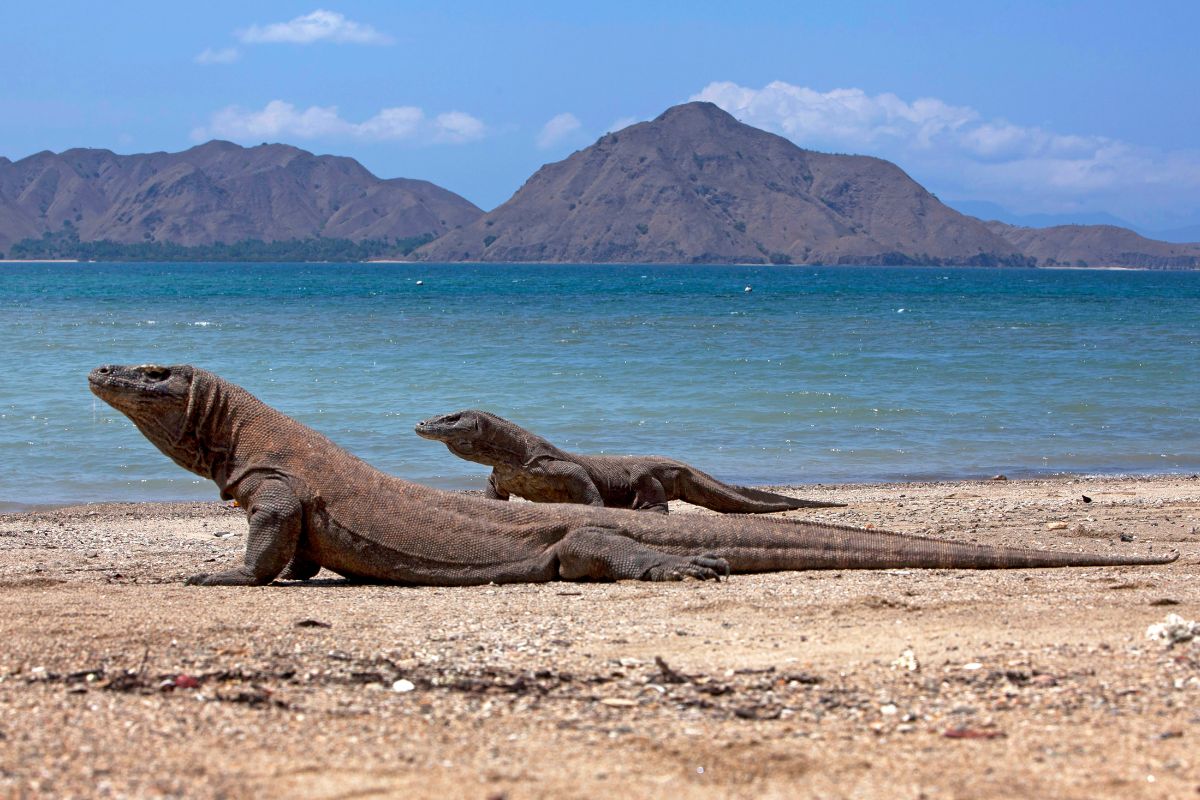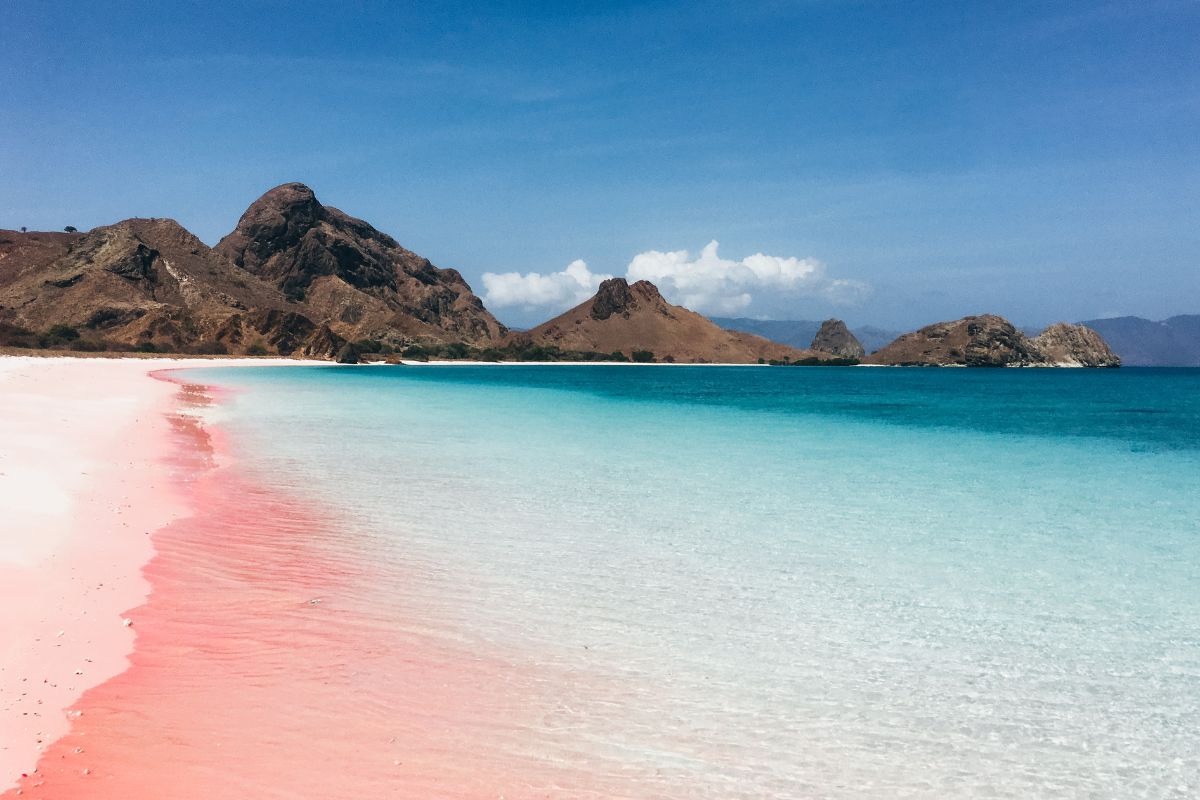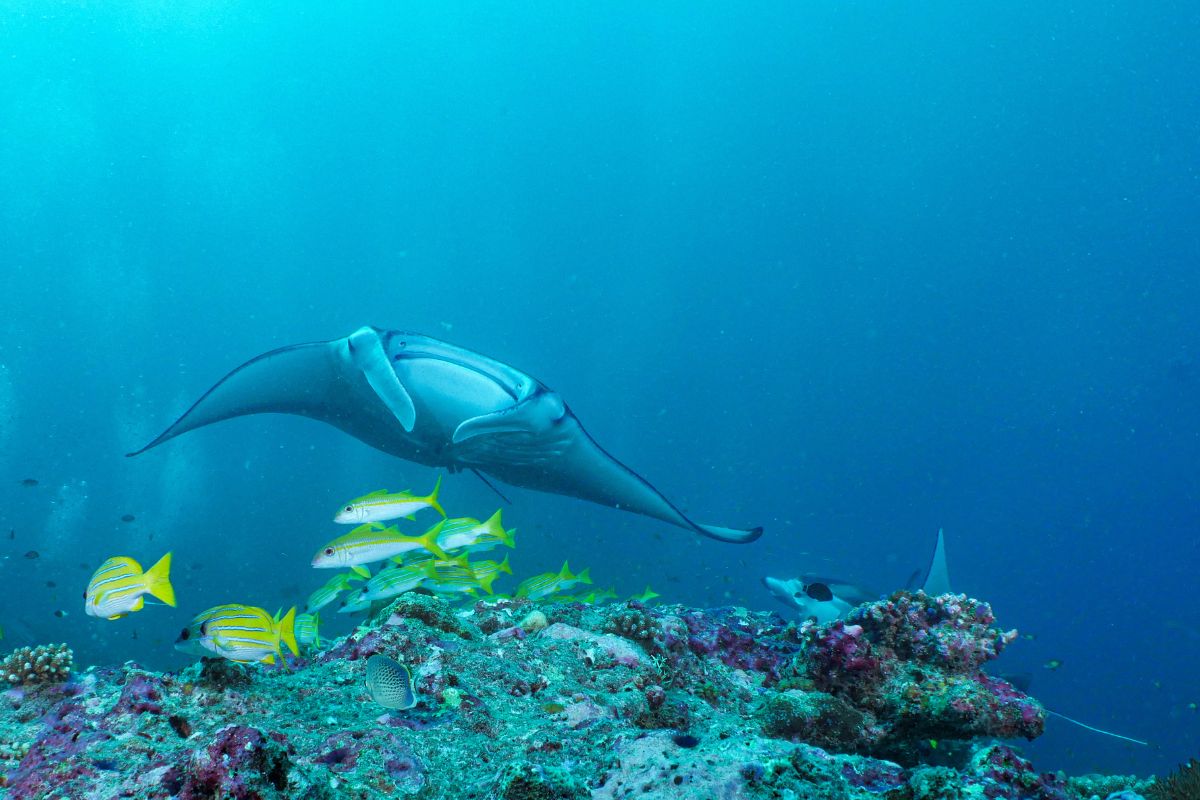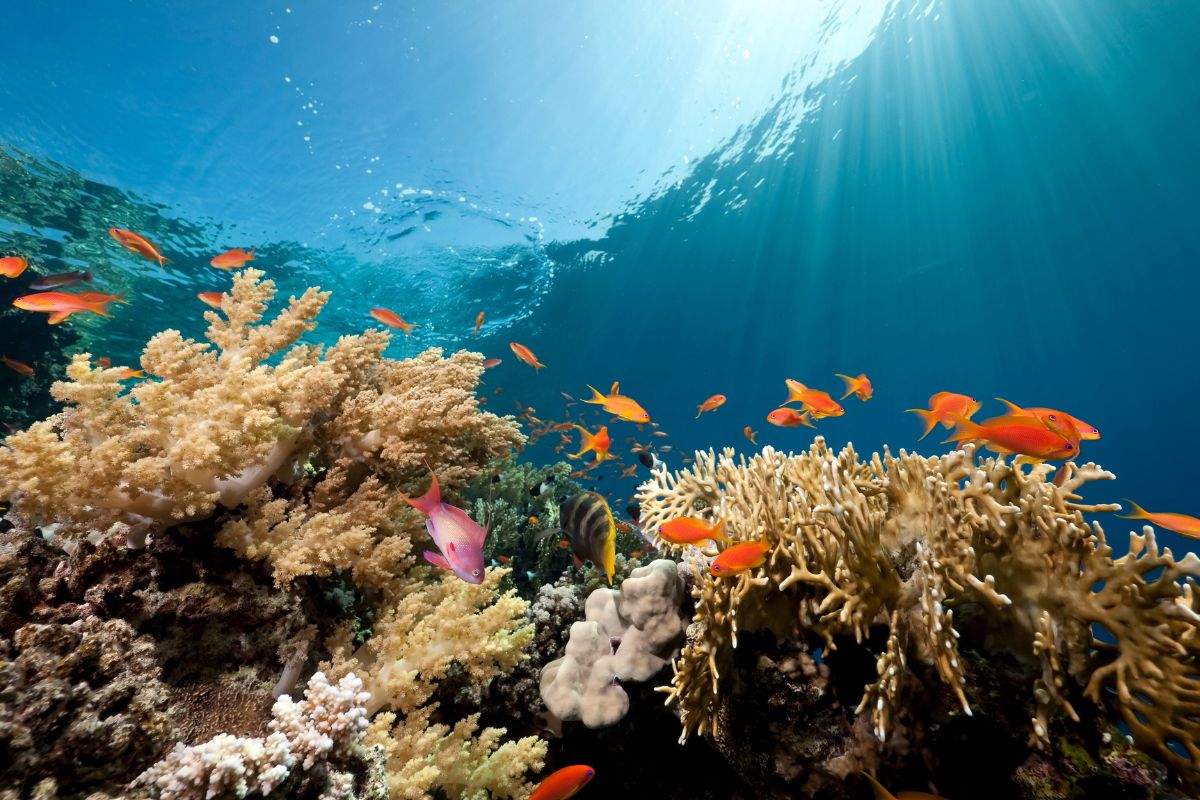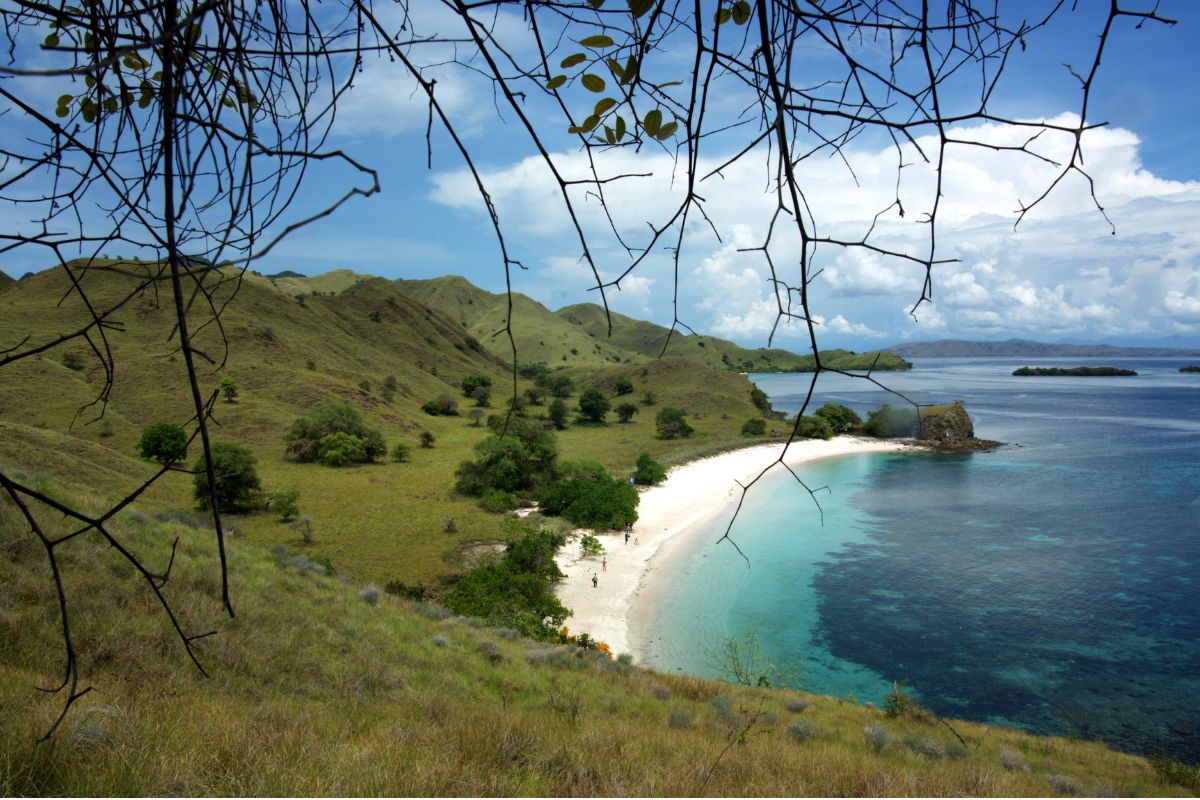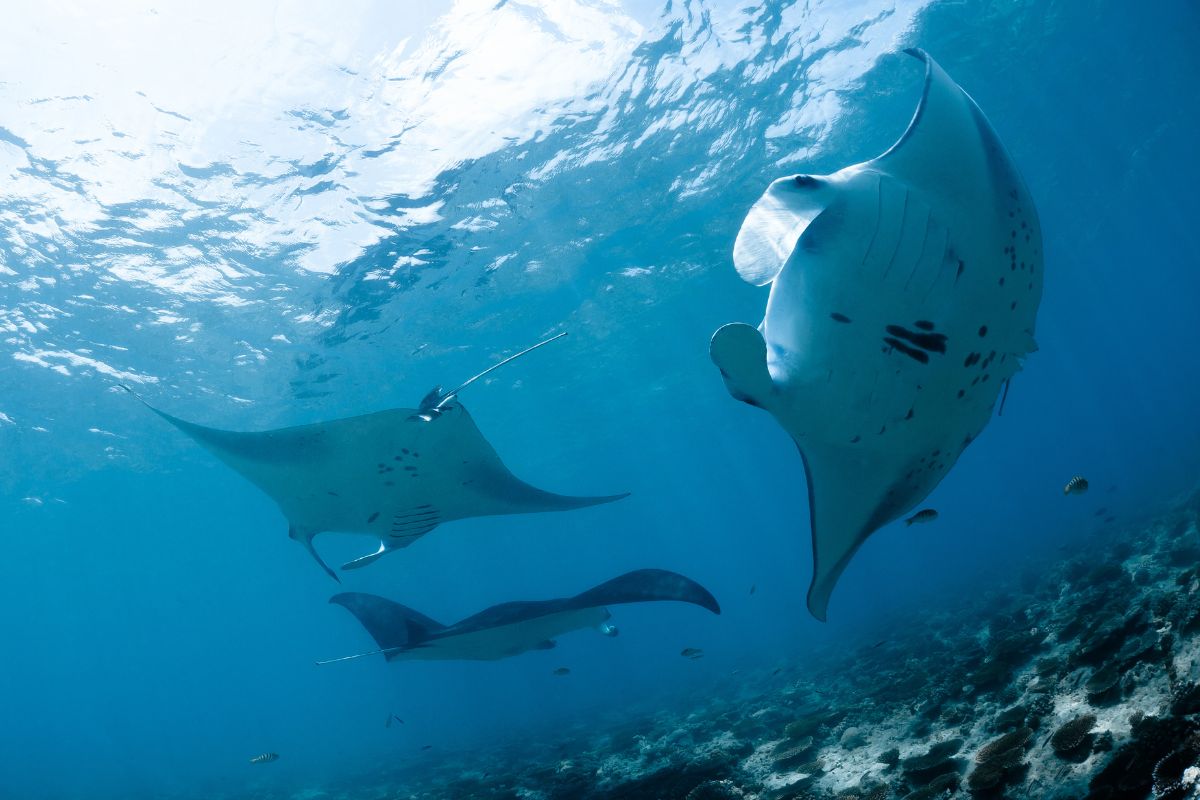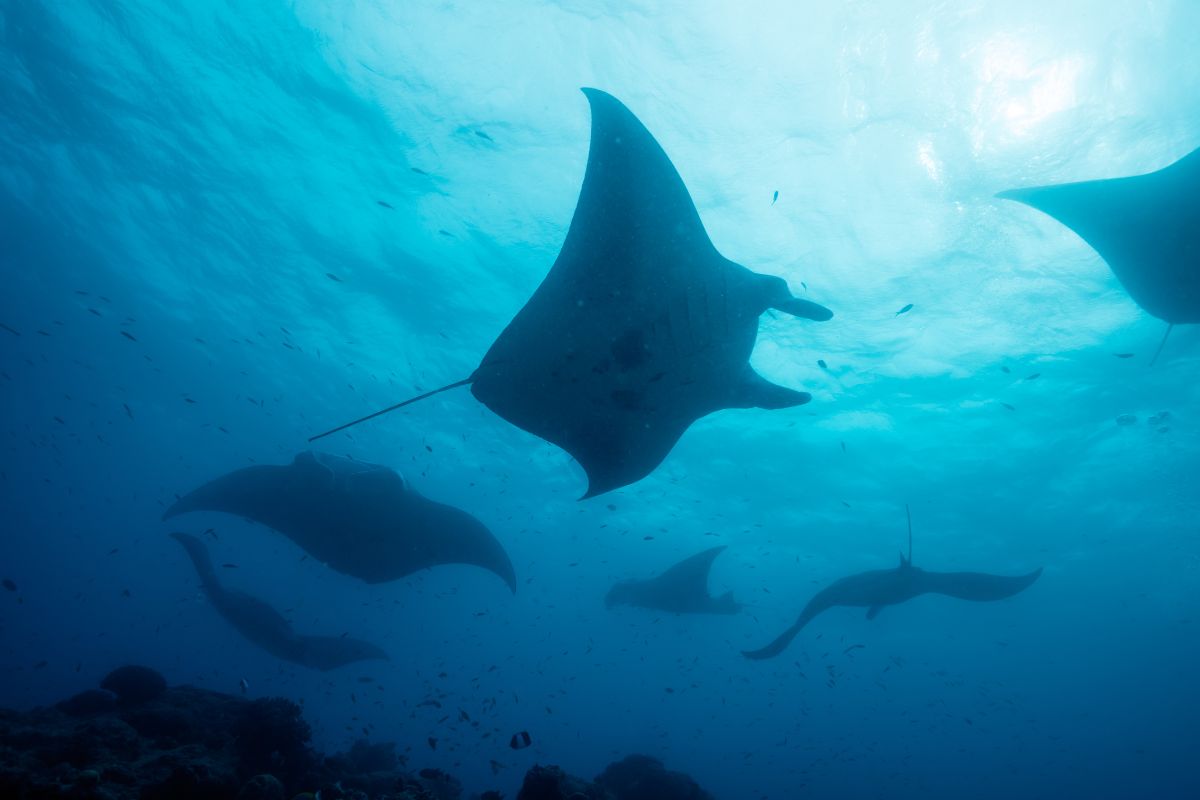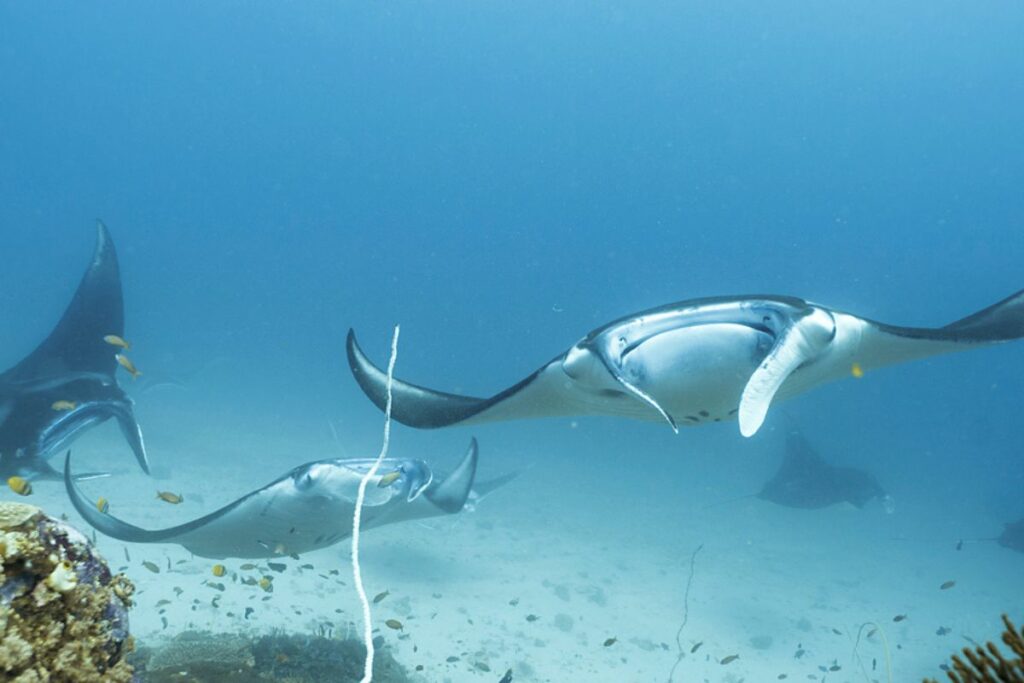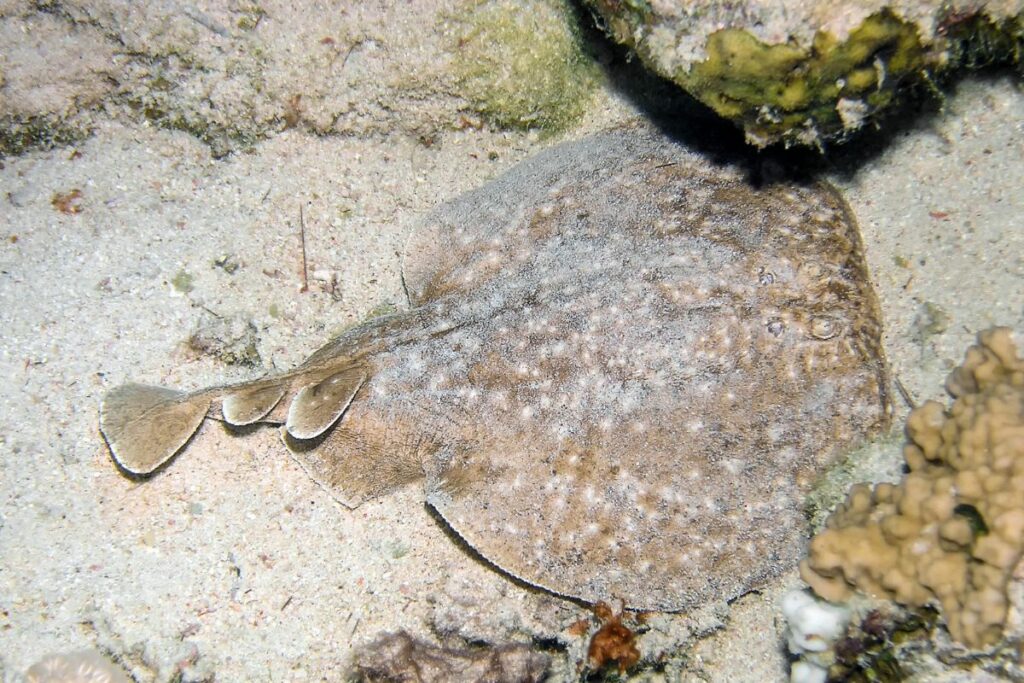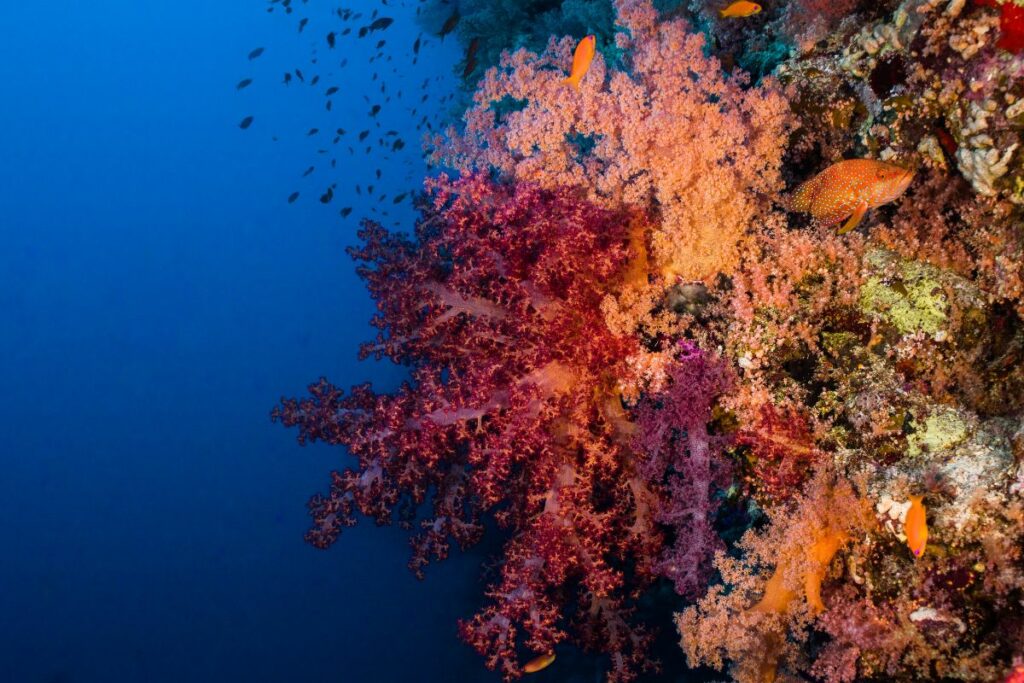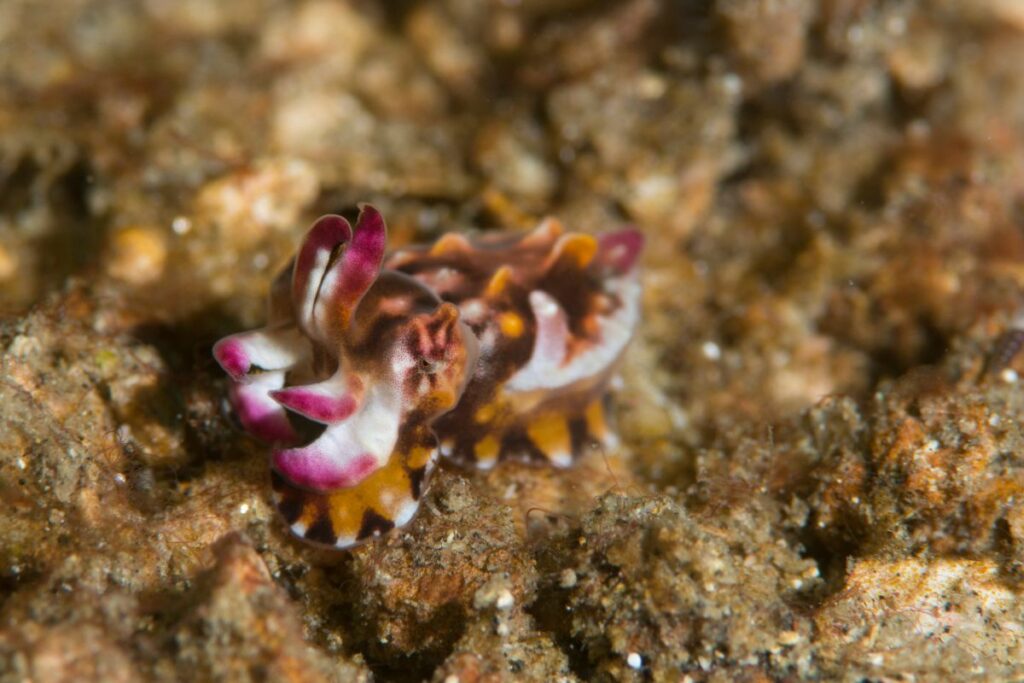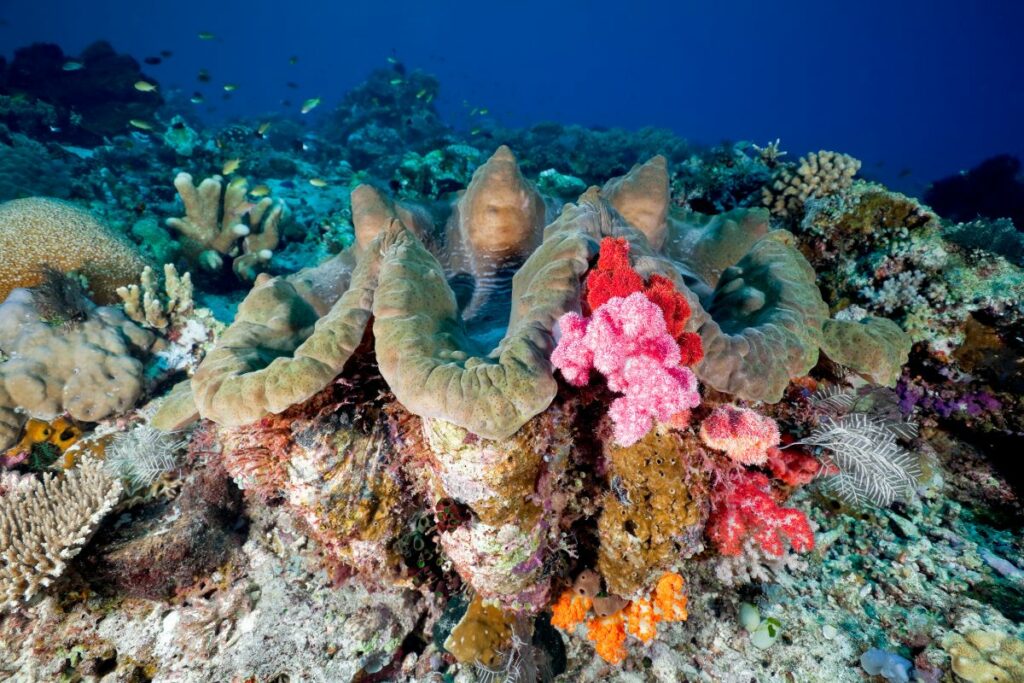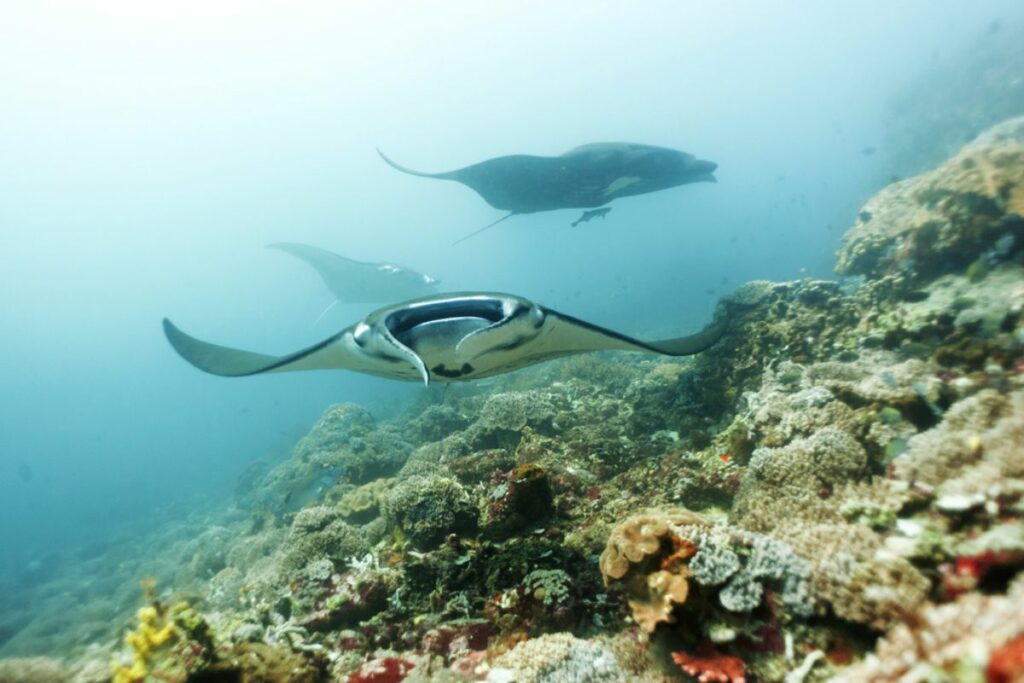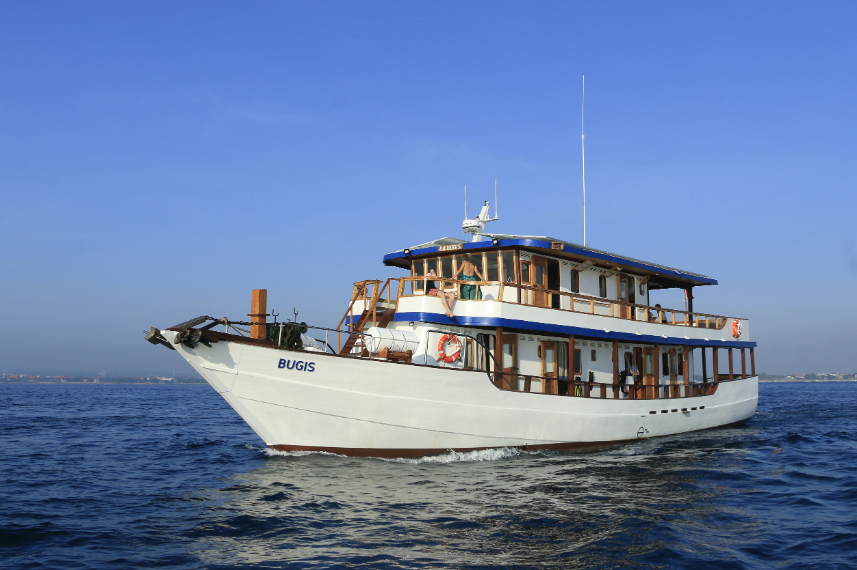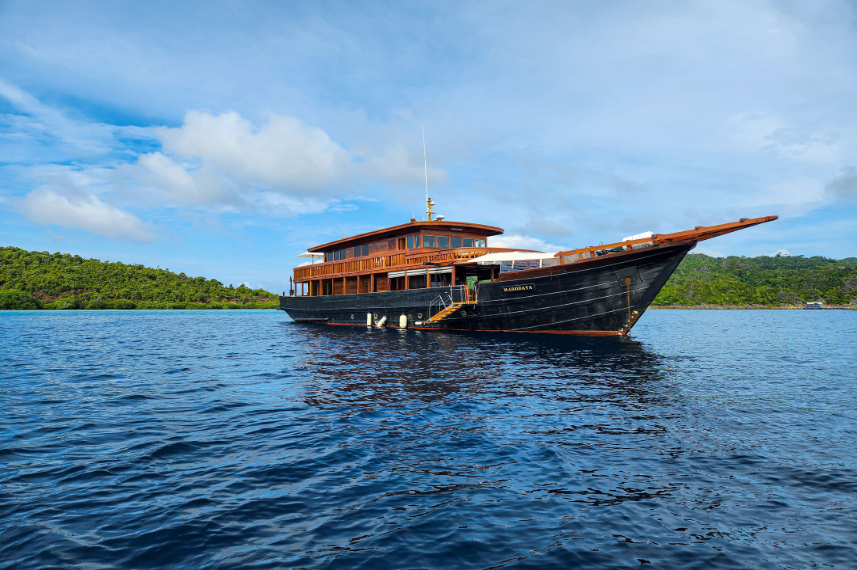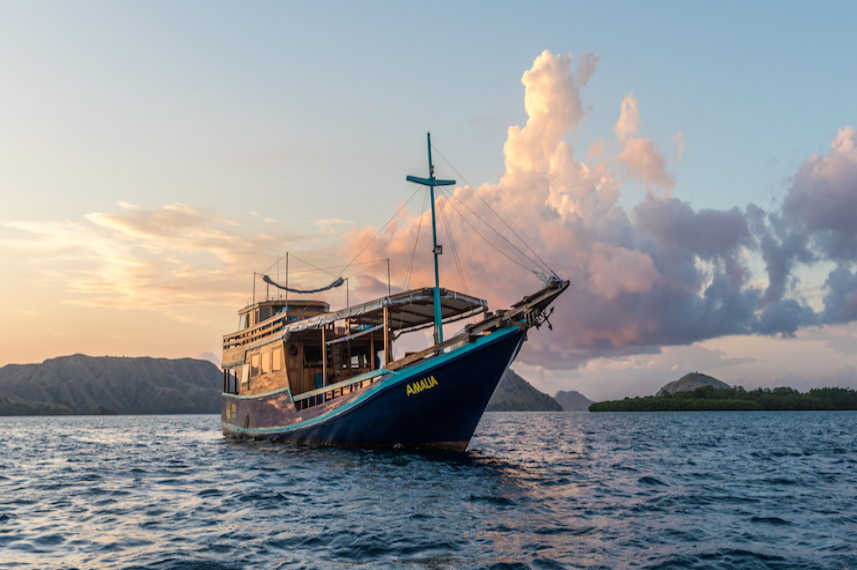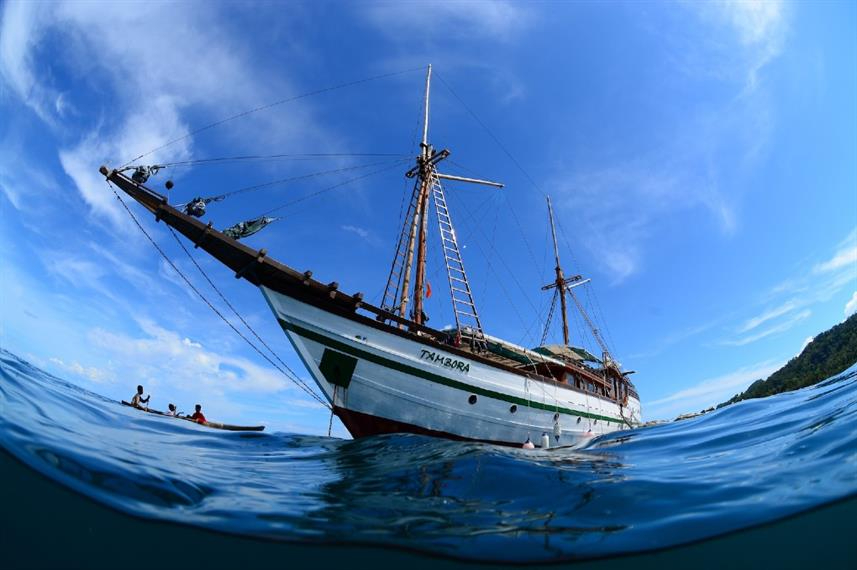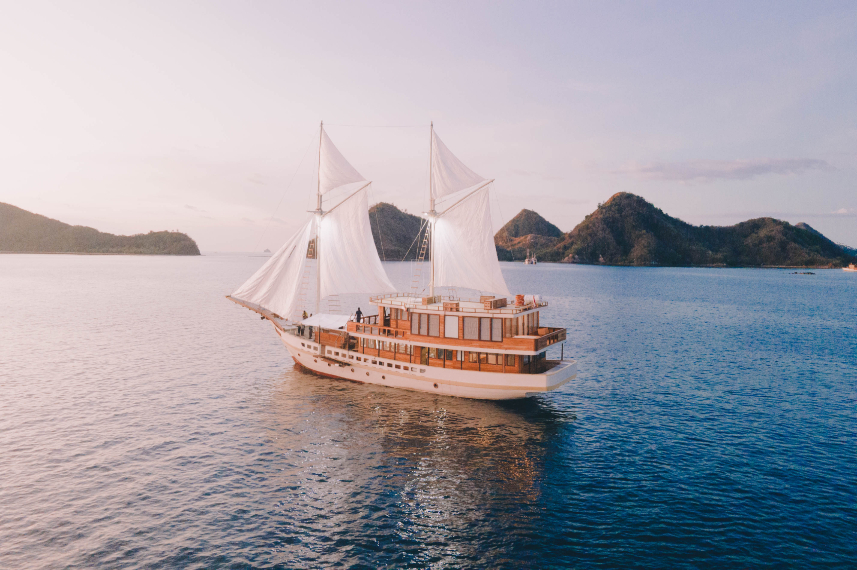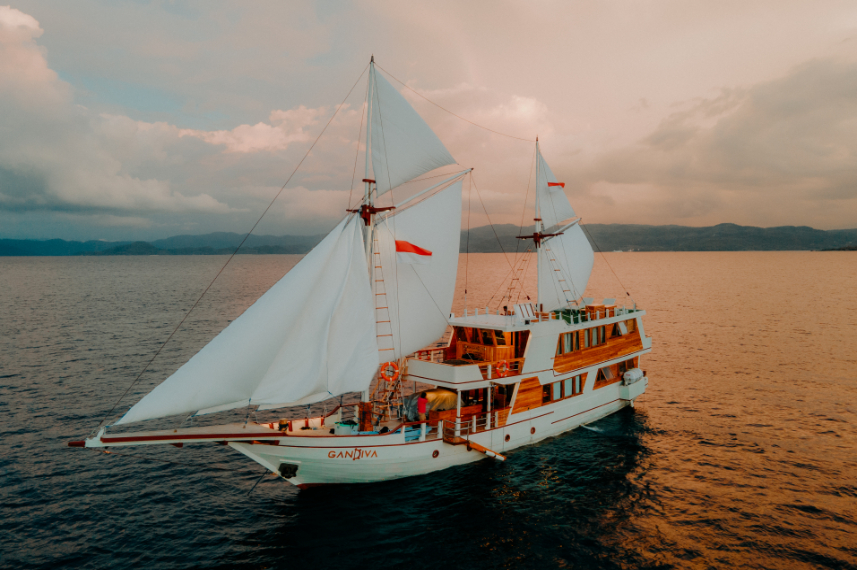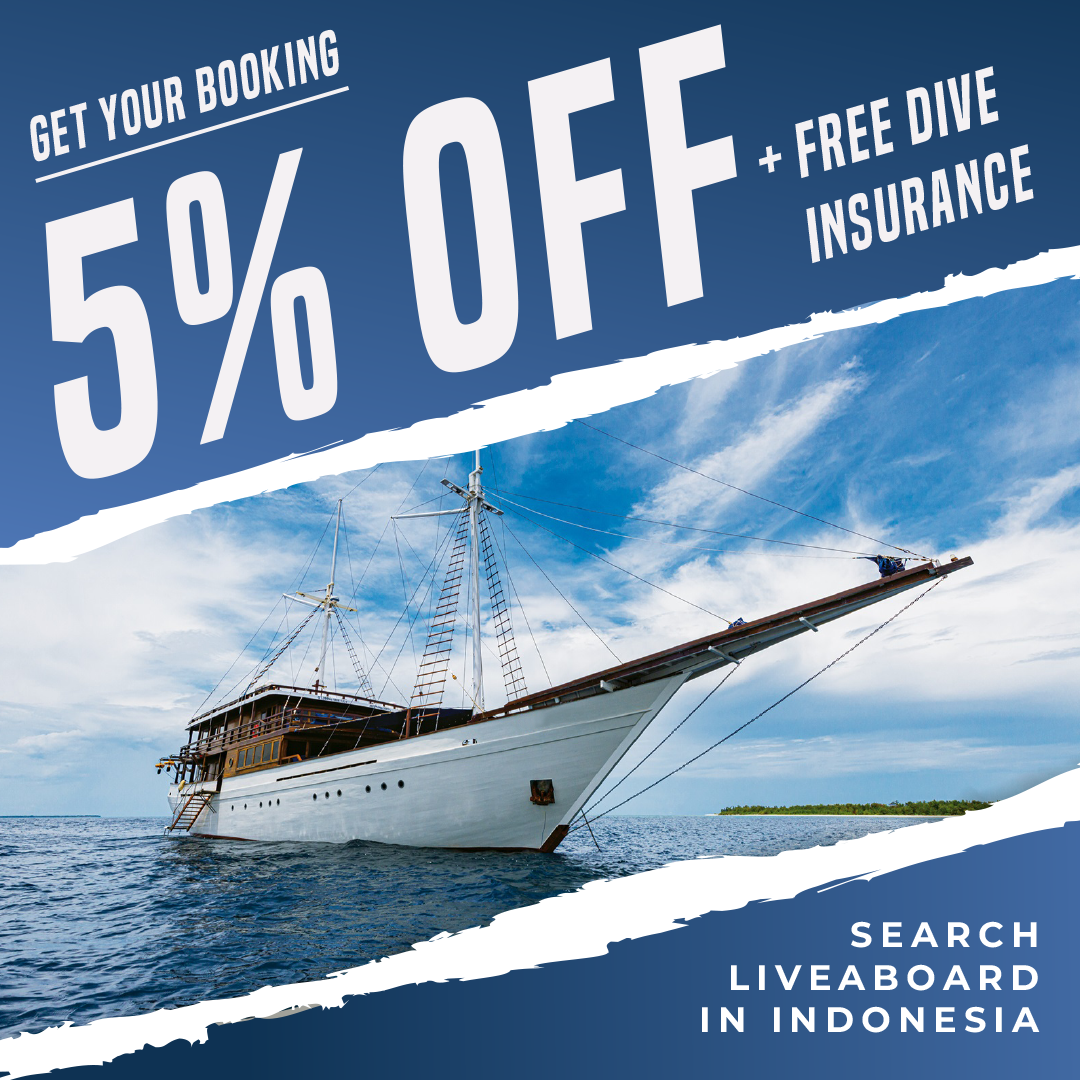Komodo National Park
Known as one of the best diving destinations in the Coral Triangle, Komodo is not only famous for its endemic Komodo dragon but also for its impressive marine life. Pack your diving gear, explore more than 50 diving spots in the area, and roam in the waters with manta rays.
Top highlights of Komodo National Park
- Dive with manta rays as you’ve never experienced before in Komodo.
- Witness the giant reptile known as the Komodo dragon in its habitat, the only one in the world.
- The water in Komodo National Park offers one of the richest marine biodiversity on earth aside from Raja Ampat and Maluku Islands.
- Feel the sand between your toes in Pink Beach, one of the few places in the world where the pink hue dominates its shore.
- Out of seven species of turtles, four can be found in the Komodo area.
About Komodo National Park
Before it was called Komodo Island, the Komodo dragon was classified as a crocodile when it was first recorded by Lieutenant van Steyn van Hensbroek from the Dutch administration in 1910. William Douglas Burden, an American naturalist, coined the term Komodo after his expedition in 1926.
Komodo Island is one of the three main islands, along with Padar and Rinca, and includes 26 smaller islands, forming a Komodo National Park located in the East Nusa Tenggara province.
In 1980, the Indonesian government declared the islands, with a total area of 1,733 square kilometers, as a national park to protect the habitat of the Komodo dragon. In 1991, UNESCO included it in its World Heritage Site as the protection coverage was widened into the marine life around the area.
WWF and the International Union for the Conservation of Nature (IUCN) have declared Komodo islands the global priority for conservation due to their uniqueness, as it is the only place in the world where Komodo dragons are found. The Komodo dragon is listed as endangered because of climate change and the rising sea level, which threatened its habitat.
Diving in Komodo National Park
Komodo is synonymous with its inhabitant, the Komodo dragon, the world’s largest lizard, which could only be found in its natural habitat in the Komodo National Park. But many people often disregard marine life around the park. For decades, the underwater biodiversity in Komodo has been considered one of the most spectacular places to dive within the Coral Triangle.
With dozens of world-class dive sites, most people choose this spot for the reef mantas. Komodo water is the only place in Indonesia where the sighting of these giant rays can be seen all year long. But the manta is not the only star in the waters of Komodo.
The record shows around 260 reef-building corals, including fire corals, needle corals, candy cane, hood corals, green birds nest corals, finger corals, and different species in the Acropora family, covering most Komodo reefs.
Diving here also gives you a chance to encounter a fraction of the 1000 tropical fish, mollusks, and sponge species. Napoleon wrasse, groupers, titan triggerfish or giant triggerfish, cuttlefish, lionfish, butterflyfish, mola-mola (ocean sunfish), clown frogfish, blue-ringed octopus, false pipefish, and nudibranchs are just some of the beautiful creatures in the waters of Komodo.
Discover your next adventure in
The Reef Manta Rays, The Star of Underwater Komodo
Most people have two purposes when they go to Komodo: to see the Komodo dragon or for the reef manta rays (Mobula alfredi), the second largest ray species in the world.
Around 1,085 reef manta rays were recorded in the waters of Komodo, making the area as the world's top location for manta rays. The plankton-rich waters in Komodo mean the manta rays have abundant choices for cleaning stations, feeding grounds, and mating. Though classified as a vulnerable species, this pelagic ray found a haven in the waters of Komodo National Park. The area is believed to be important to ensure the manta rays status doesn't become extinct.
Though you can see mantas all year, the best time to witness the group of these gentle giants is from December to March, when the plankton peak due to the wet season. Don't be surprised if you find yourself circled by ten mantas at once!
Diving Environments in Komodo National Park
Though diving in Komodo can be accessed all year round, it is important to notice that in some dive sites, the current is strong, and only experienced/intermediate divers are recommended.
Divided into the North, Central, and South, each region's environment is slightly different regarding water temperature and visibility.
- North Komodo
The water temperature in this area is 27-28 degrees Celsius, with the average visibility at 25 meters. A 3 mm wetsuit is required.
The northern part of Komodo is more suitable for experienced divers due to its strong drift dives. - Central Komodo
The temperature ranges from 27-28 degrees Celsius with an average visibility of 15 meters, though sometimes it is within the range of 7 to 30 meters. A 3 mm wetsuit is advised if you want to dive here. The experience of diving in the central Komodo offers a different experience as not each site is the same. The area's different topography and marine life are the richest compared to the northern and southern parts. You can do different types of diving here, such as wall dives, drift dives, pinnacle dives, and muck dives. - South Komodo
The water in the southern part of Komodo is slightly cooler than the northern and central, ranging from 23-24 degrees Celsius. The visibility is between 7 to 20 meters, with an average of 12 meters. Due to this condition, a 5 mm wetsuit is required. The south part of Komodo is the least visited region compared to the northern and central and is only accessible via liveaboard.
Exploring the diversity of marine life in Komodo is an exciting endeavor, and you should be! But here are some tips to consider before immersing yourself in the beauty of Komodo waters:
- Ocean waters are unpredictable and, in turn, create unreliable currents. Please follow the dive master's guidance for a safe diving experience
- Though the reef manta is known to be gentle, keeping your distance from this giant fish should be a no brainer
Discover your next adventure in
How to get to Komodo National Park
By plane
You can directly fly from Surabaya, Jakarta, and Bali to Labuan Bajo Airport on Flores Island, it is the closest entry point to explore Komodo National Park. It is advisable that you arrive a day before your boat or diving tours start do to flight schedule. After that you can take the boat from Labuan Bajo harbour to Komodo National Park areas.
By ferry
If you feel adventurous, you can take a ferry from Bali to Labuan Bajo, which takes about 35 hours, and you still need to take the boat from Labuan Bajo harbour to Komodo National Park.
By Liveaboard
Liveaboard trips typically set sail from either Labuan Bajo or Bali. Labuan Bajo is home to the regional airport and serves as a common pick-up and drop-off point for many liveaboard vessels. By far visiting Komodo with a liveaboard is a great way to explore above and underwater marvels of Komodo National Park in style and comfort.
Diving Seasons & Weather in Komodo National Park
The diving season in Komodo lasts from April to November or during the dry season as the period offers maximum visibility and the warm temperature underwater.
If your purpose for diving in Komodo is to see the manta rays, the perfect time to do it is from December to February, during the peak of the rainy season. Due to the high intensity of rain, the plankton is in full bloom, thus attracting this giant fish to scour their primary food.
The water temperature is constant within 20-30 degrees Celsius throughout the year.
Since the diving spots in Komodo are divided into three areas, these are the best times to dive in each spot:
- North Komodo - April to November is the best period to dive in the northern part. The visibility during the dry season is the best. Diving from December to March is impossible due to unsteady water conditions caused by the northwestern winds.
- Central Komodo - This is part of the Komodo where you can dive all year round though the best time is between April and November.
- South Komodo - Unlike the northern and central parts, the best time to dive in this southern part is from November to April. The period of July and August is not the ideal time because of its murky and rough waters.
Dive Sites in Komodo National Park
Marine Life in Komodo National Park
Underwater life in Komodo is nothing short of spectacular as different species of reef fish, whales, sharks, dolphins, and its famous star, manta rays, inhabit the waters in the Komodo National Park.


